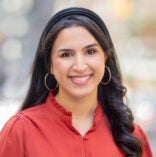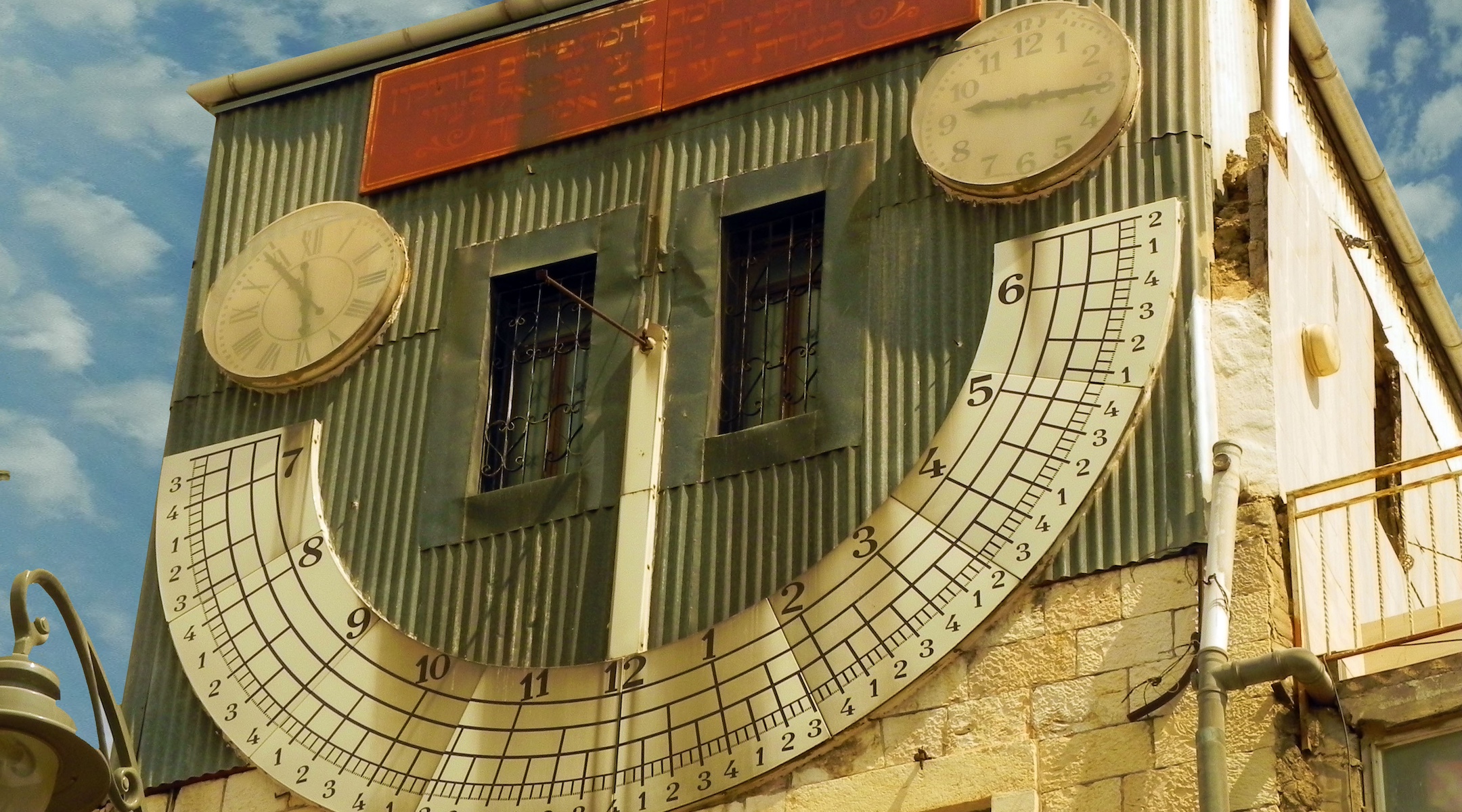This story was originally published on our sister site My Jewish Learning.
(JTA) — As an undergraduate student, I used to delight in small rebellions. I would pen papers trying to show how different facets of Jewish observance developed, at times differently from what we were told in school. I spent an inordinate amount of time one semester excavating books from the library to interrogate the mourning practices of the time period called the Omer, the seven weeks between Passover and Shavuot we are in the midst of now.
The practice of counting each day between Passover and Shavuot is commanded in the Bible, but over time these days have become chiefly seen as a period of mourning in observant communities. The Talmud notes that over these seven weeks, 24,000 students of the famed sage Rabbi Akiva died because they did not treat each other with respect.
While the Talmud does not explicitly connect this to any mourning practices, most observant Jews today do. In my Jewish day school, we learned that the deaths of Rabbi Akiva’s students is the reason we don’t perform weddings, celebrate engagements or host big parties during this time. Some people refrain from buying new clothes, listening to music or even getting a haircut. Most Jews who observe these practices continue them until the 33rd day of the Omer, known as Lag Baomer, which is celebrated as the day on which the great mystic Rabbi Shimon Bar Yochai died. His death signified a joyful reunification with God and marked the end of the deaths of the students.
These strictures bothered me mostly because the story behind them felt tenuous. My exploration seemed to prove me right — these practices developed over time, and not in the way I was taught. I wrote about how mourning practices were not introduced in talmudic times, but much later. Around the ninth century, for example, we first see weddings and engagements prohibited. As the centuries rolled on — especially in medieval Ashkenaz — more and more mourning was added to these days and tied to the students of Rabbi Akiva.
There are good reasons to wonder about all of this. The famed medieval authority Maimonides, who systematically categorized all of Jewish law, didn’t include these mourning practices in any of his extensive writings, an omission that hints at their late development. And some scholars suggest they became especially important in medieval times because Jews experienced the tragedies of the crusades and found in these rituals of mourning an acute relevance to their own grief.
When I submitted the paper to my professor, I felt a bit triumphant. I had taken a tradition that most around me observed uncritically and excavated its layers of historical development. But as I’ve grown a bit more mature, I realize how wrongheaded my approach was — not because I tried to understand a tradition or its development, but in thinking that the Jewish observance of this sacred time should be valued less for being the product of history.
That’s because the Jewish calendar wasn’t (only) set by God. The biblical commandment to mark the new month inaugurated a practice of marking time, which Jews have done ever since. We have added rabbinic holidays like Hanukkah and Purim to biblical holidays and infused our days and months with meaning inspired by different Jews across time and space.
Daniel Sperber, an expert in the development of Jewish customs, poignantly observes that the Ashkenazi tradition of mourning during the Omer “reflects the tragedy of the persecutions of Tatnu [the first crusade in the 11th century]. Blood touched blood; the blood of Rabbi Akiva’s disciples is mixed with the blood of the martyrs of Ashkenaz, who sacrificed themselves for the sanctification of God’s name.”
To observe Jewish time then is to be bound by Jewish peoplehood and Jewish solidarity. It’s to live our lives not guided by scientific history, but by a memory that commands and rewards us with ties of fraternity and even love. That means that when I mourn during the Omer, I am connected to my people — connected to the talmudic rabbis who described a massive tragedy that occurred to an entire generation of students, and connected to every tragedy thereafter that moved Jews to add more grief to these days.
This coming week we will mark Yom Hazikaron, the day of remembrance for fallen Israeli soldiers and victims of terror who were killed since the state of Israel was established in 1948. This day was created in 1951 to honor those who paid the ultimate price for creating a safe refuge for Jews — a day to which new names are added every year, and which after Oct. 7 will hit many of us much harder. We will then transition to Yom Ha’atzmaut, the day celebrating the establishment of the state of Israel, a day connecting us to the millions of Jews whose prayers for Zion across generations have been given new life in our lifetime.
This year, when I mourn and then celebrate Israel, I will not just be reaffirming my commitment to how Jews have continued to add to and develop the Jewish calendar, but I will honor how that living and breathing calendar links generations of Jews together in solidarity.
JTA has documented Jewish history in real-time for over a century. Keep our journalism strong by joining us in supporting independent, award-winning reporting.







